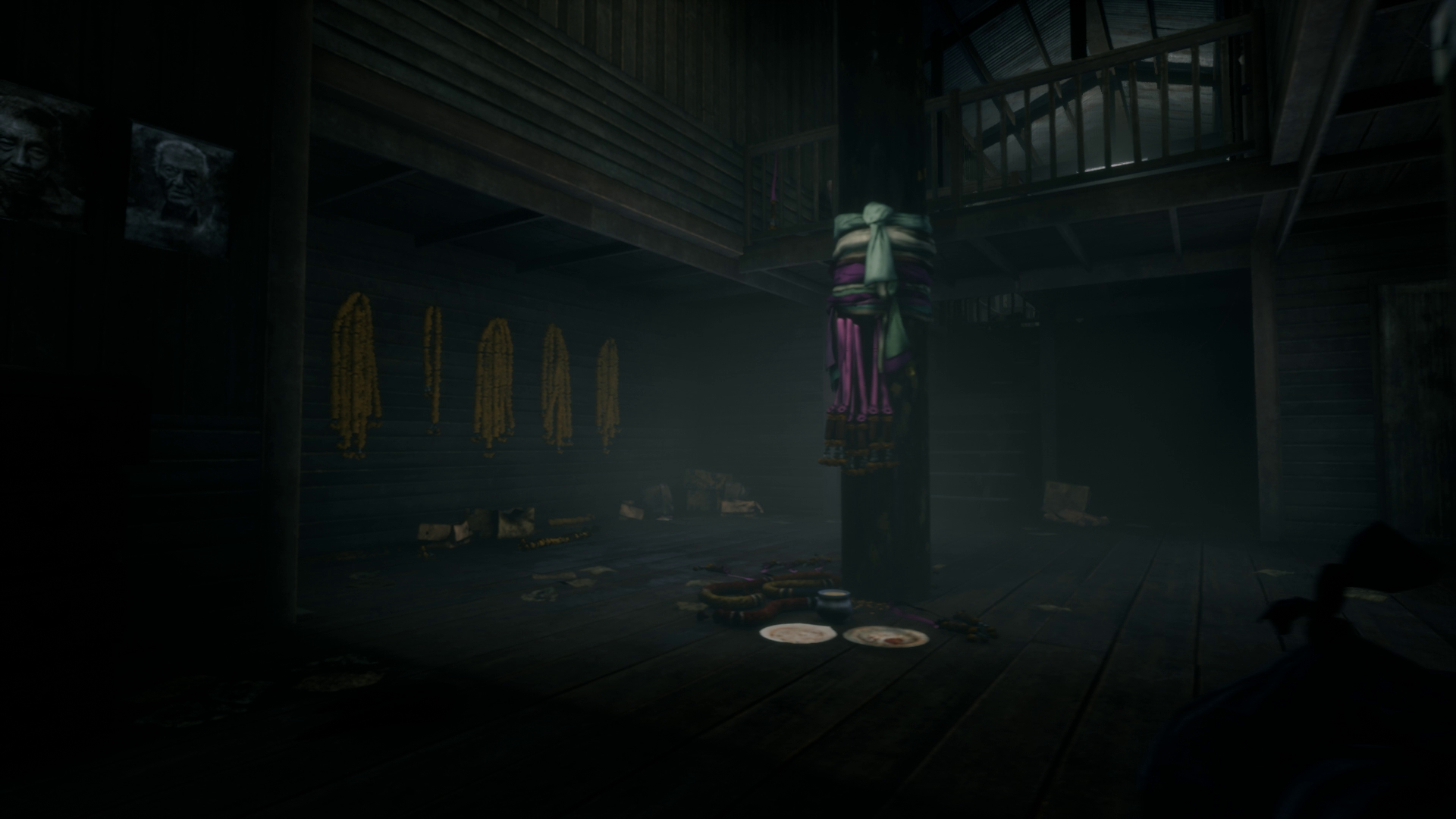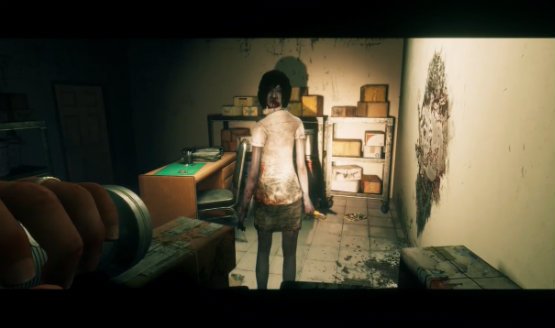Since I was aware of its upcoming release on the PlayStation 4, I’ve been intrigued by Home Sweet Home. I consider myself a fan of “Asian horror,” with plenty of films and comics under my belt, most of them hailing from Japan and Korea. So my interest was immediately piqued when I learned of this game, which draws its horror from the mythology of Thailand. I was ready for some cool scares and a peek through a window at some new cultural imagery I wasn’t familiar with. While what I ended up with was definitely creepy and had its moments of thrilling, intense horror, it was often held back by rough gameplay snags that would turn big moments into drags.
Wading in Blood and Hiding in Lockers
Home Sweet Home doesn’t bother much with a setup, and that’s part of the story. All you know in the beginning is that your wife, Jane, is missing, and after a night of coping with grief at the bottom of a bottle (implied), you wake up in a building you don’t recognize. While making your way through the empty space, full of rot and debris, you realize you aren’t alone in the worst possible way. Armed with only a flashlight and your wits, your only goal is to get out. Perhaps, along the way, you find some answers as well.
Home Sweet Home is not an action game, nor is it really a survival game. Besides the horror, Home Sweet Home is more of a stealth and puzzle game. It looks and feels fairly low-budget, so the whole experience, clocking in at roughly four or so hours, is boiled down to only the necessary parts. Very little is interactive, and what is interactive is immediately relevant. This includes your path, the problem of the moment, and of course your tools to deal with the threat. This is not an impressive game from a visual fidelity or content volume standpoint, but where it does excel is its sound design.
Sometimes it’s easy to forget how important sound is to a horror experience. In games especially, so much is communicated through sound, from your emotional state being manipulated through music, to being able to gauge your surroundings, to all the “fun” stuff. In this case, after playing Home Sweet Home, the sound of a box cutter’s blade protracting and retracting might stick with you for a long time. Especially since that sound is tied not only to the central threat, but also all the dying and continuing you’re going to be doing.
The first big scare in Home Sweet Home also sets the stage for its first big frustration. Before you even realize what’s happening, the game expects you to spin around, run into another room, realize you can hide in lockers, then hide in said locker, all within seconds. If you don’t do it it right, you die immediately, then have to reload and watch the setup again. Maybe you’ll get it right away, but more than likely you won’t, and that sets the stage for a lot of the Home Sweet Home experience. It’s full of trial and error, mess up once and you’re reloading from the last checkpoint stealth or pseudo-action sequences. And being such a dark and murky game, sometimes you’ll just bumble into a reload situation because it’s hard to see what you’re even supposed to do.
Harsh Virtual Reality
I don’t mind challenging situations, but when you have such a slim margin of error, having to repeat sections of a game over and over that are meant to be emotionally affecting has a desensitizing effect with every retry. The creepy atmosphere eventually fades into bored frustration when I’m stuck trying to sneak behind an enemy for the umpteenth time, only to die when it sees me despite having its back turned, just because I’m trying to find a switch to solve a simple puzzle. To make a comparison, Home Sweet Home reminds me of Alien Isolation somewhat, but a much more truncated version that highlights its issues more as the player doesn’t get room to breathe and get absorbed into the fiction.
Doubly frustrating is Home Sweet Home’s VR mode. It feels very tacked on and undercooked, with the image often blurry to the point where I was squinting at things to see, then UI elements would pop up so close to my face it made my eyes hurt immediately. The image also does a poor job of overtaking the PSVR’s screens, meaning it often felt like I was looking through some sort of grimy film the whole time. Also, when you’re playing in VR mode, it’s more difficult to do things like flee from enemies, because the necessary horizontal movement being staggered with the right stick makes turning all the way around much slower than normal (which is of course necessary because of VR sickness). Playing Home Sweet Home in its normal mode is definitely the way to go.
Ultimately Home Sweet Home is an intriguing horror experience with some neat ideas, but it doesn’t seem to have the muscle to make those ideas work as well as they could. It’s a short, concise experience, but it’s often interrupted by frustrating trial and error challenges that interrupt the flow with frequent checkpoint loading and rewatching cutscenes. VR mode also feels half-baked, is uncomfortable to play at times, and makes those challenging moments even more cumbersome to deal with. While its atmosphere and especially sound design are high quality and quite effective at creeping you out, I more often found myself ripped back out of the experience, disappointed in the moment, and wanting more.
Home Sweet Home review code provided by publisher. Version 1.00 reviewed on a standard PS4 and PSVR. For more information on scoring please see our Review Policy here.
-
Excellent sound design and atmosphere
-
Intriguing setting
-
Rigid trial and error gameplay
-
Disappointing VR mode
Home Sweet Home September 2018
-
Home Sweet Home September 2018 #1
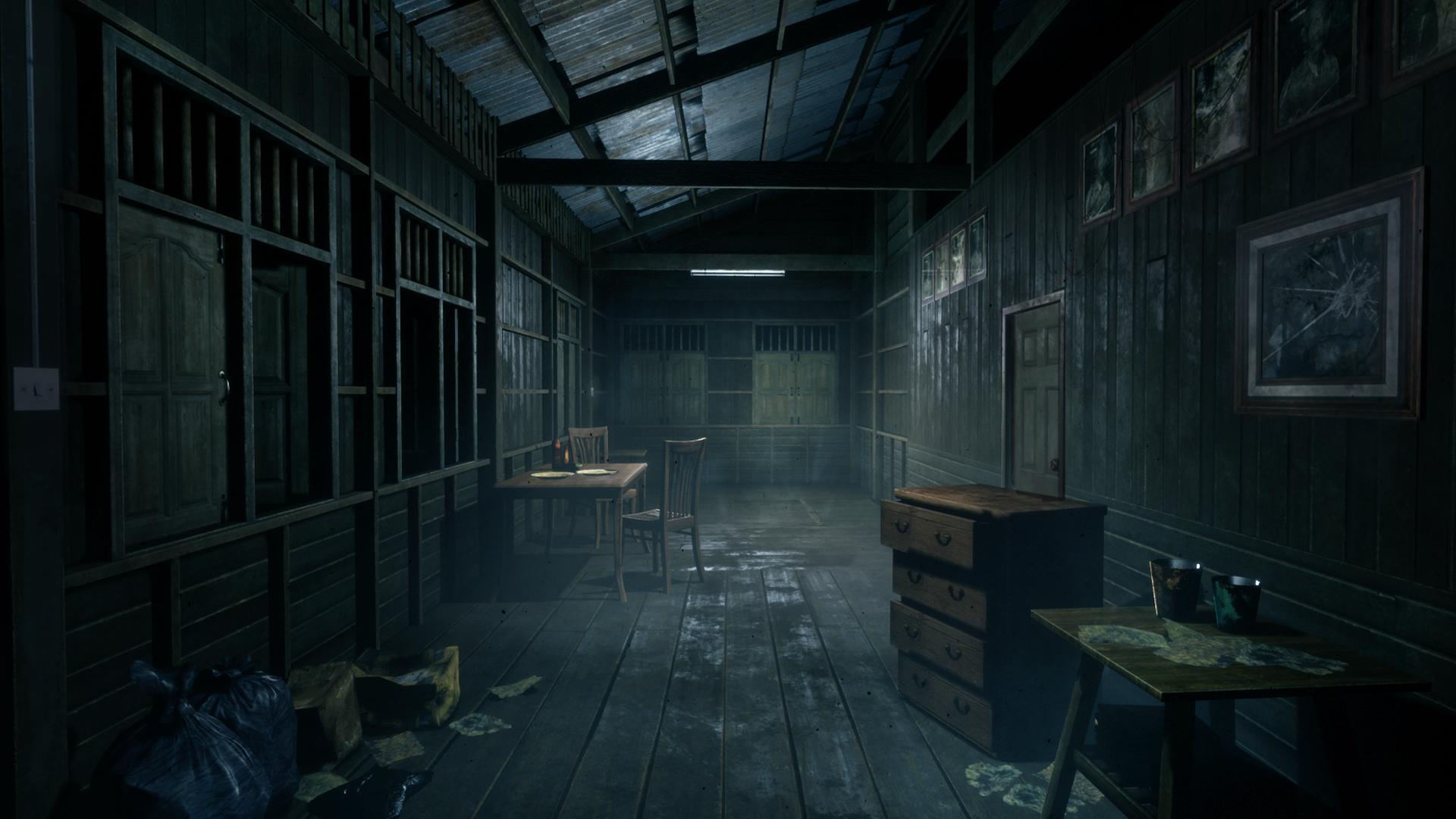
-
Home Sweet Home September 2018 #2
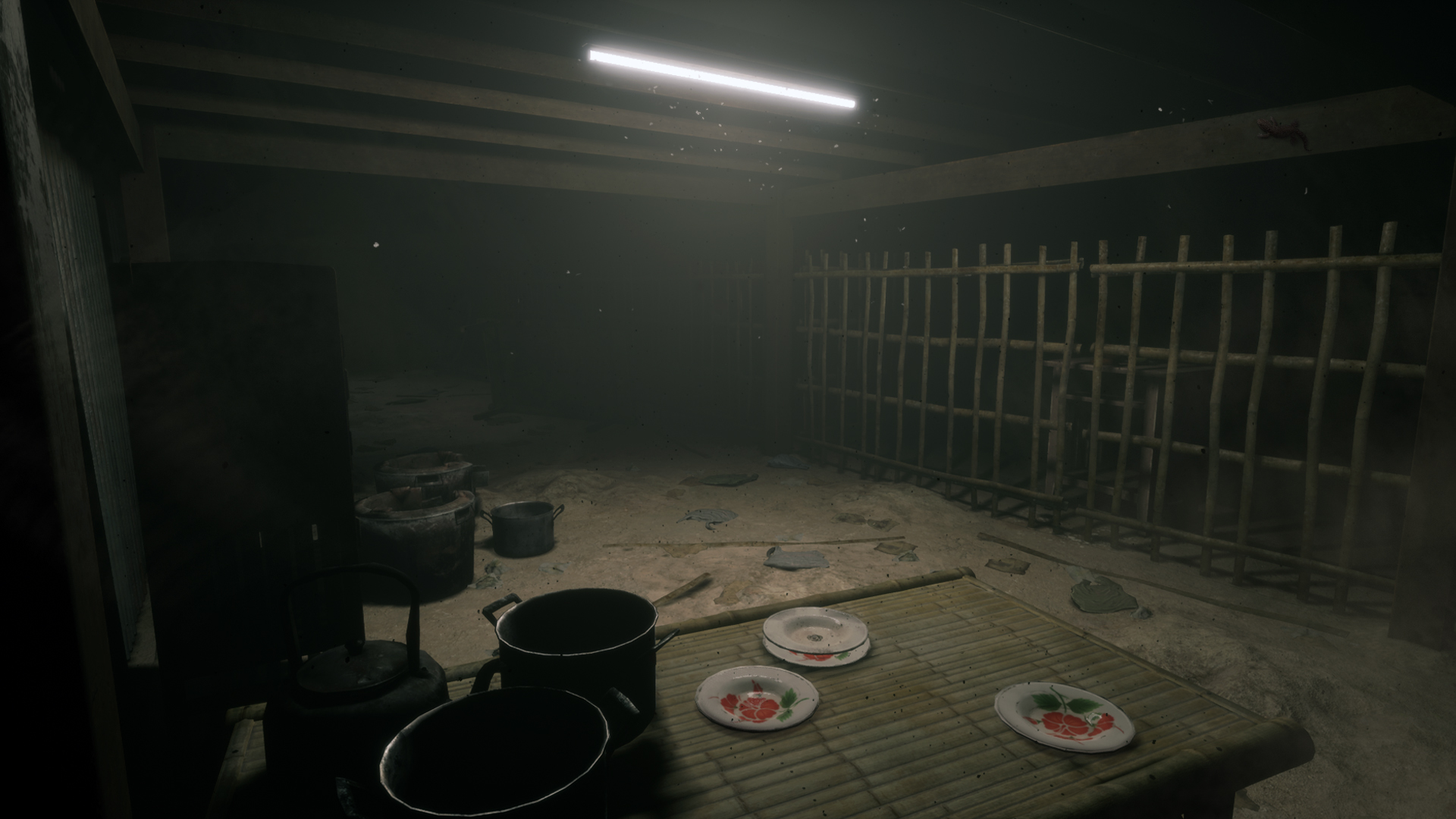
-
Home Sweet Home September 2018 #3
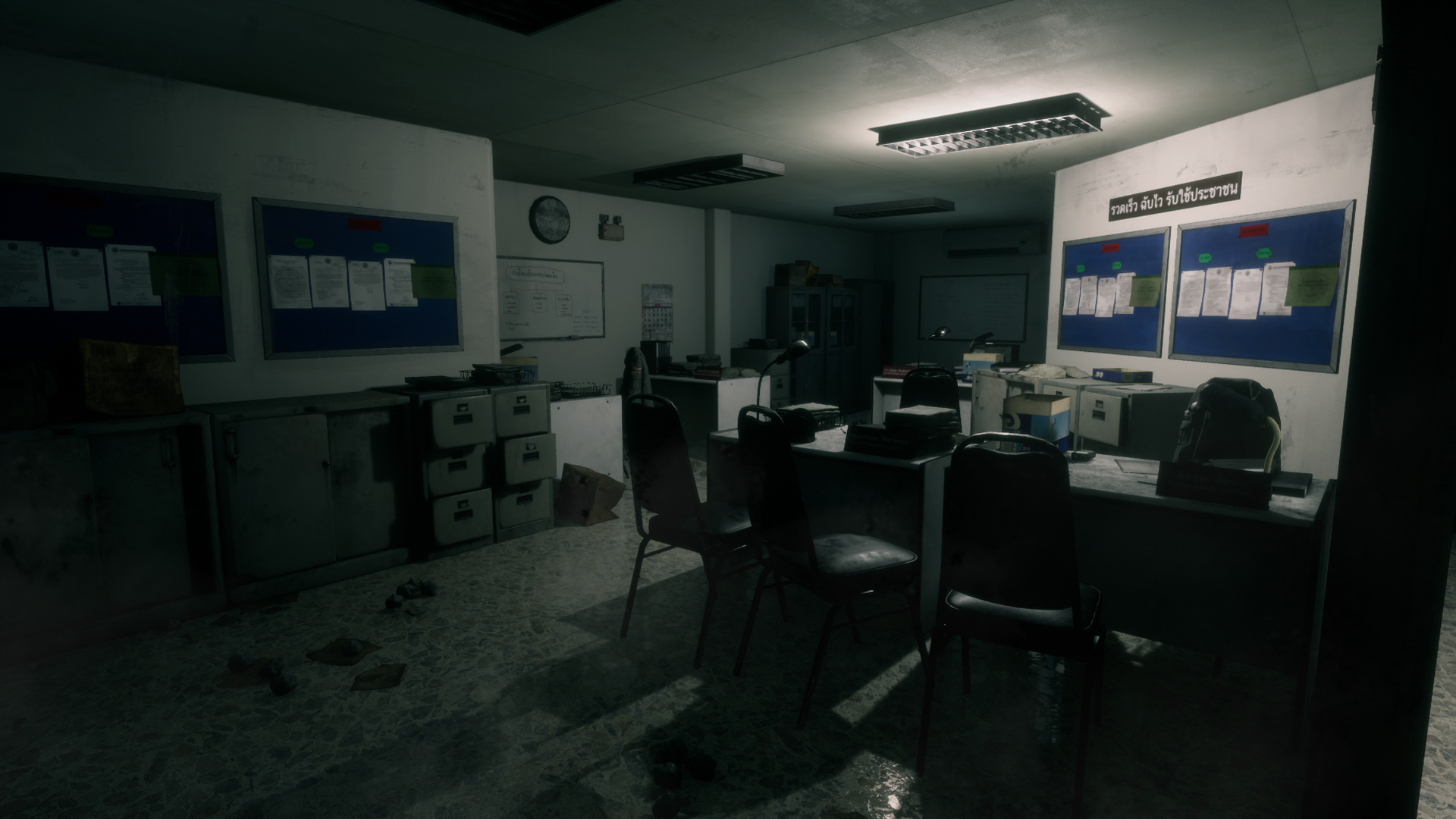
-
Home Sweet Home September 2018 #4
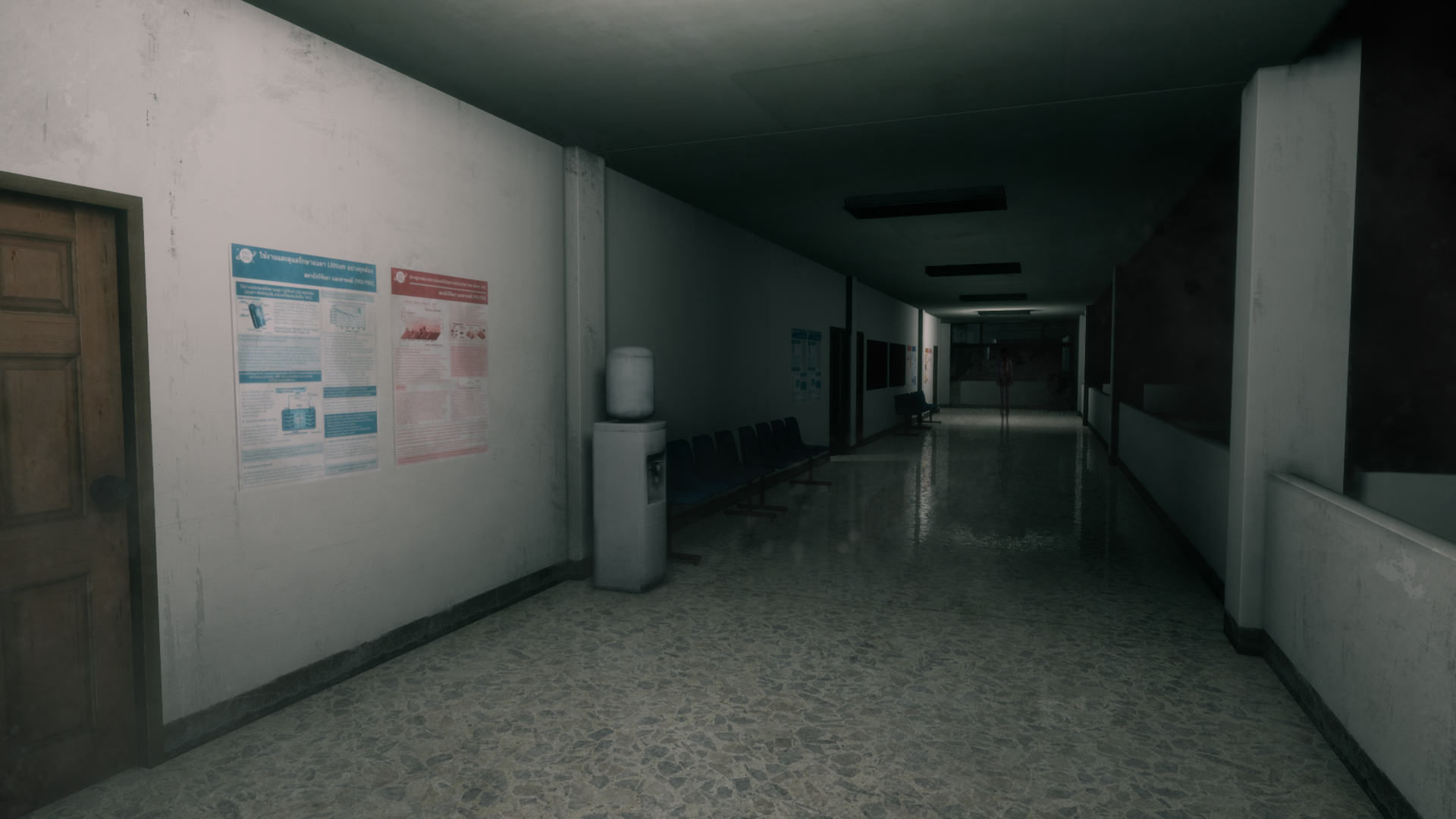
-
Home Sweet Home September 2018 #5
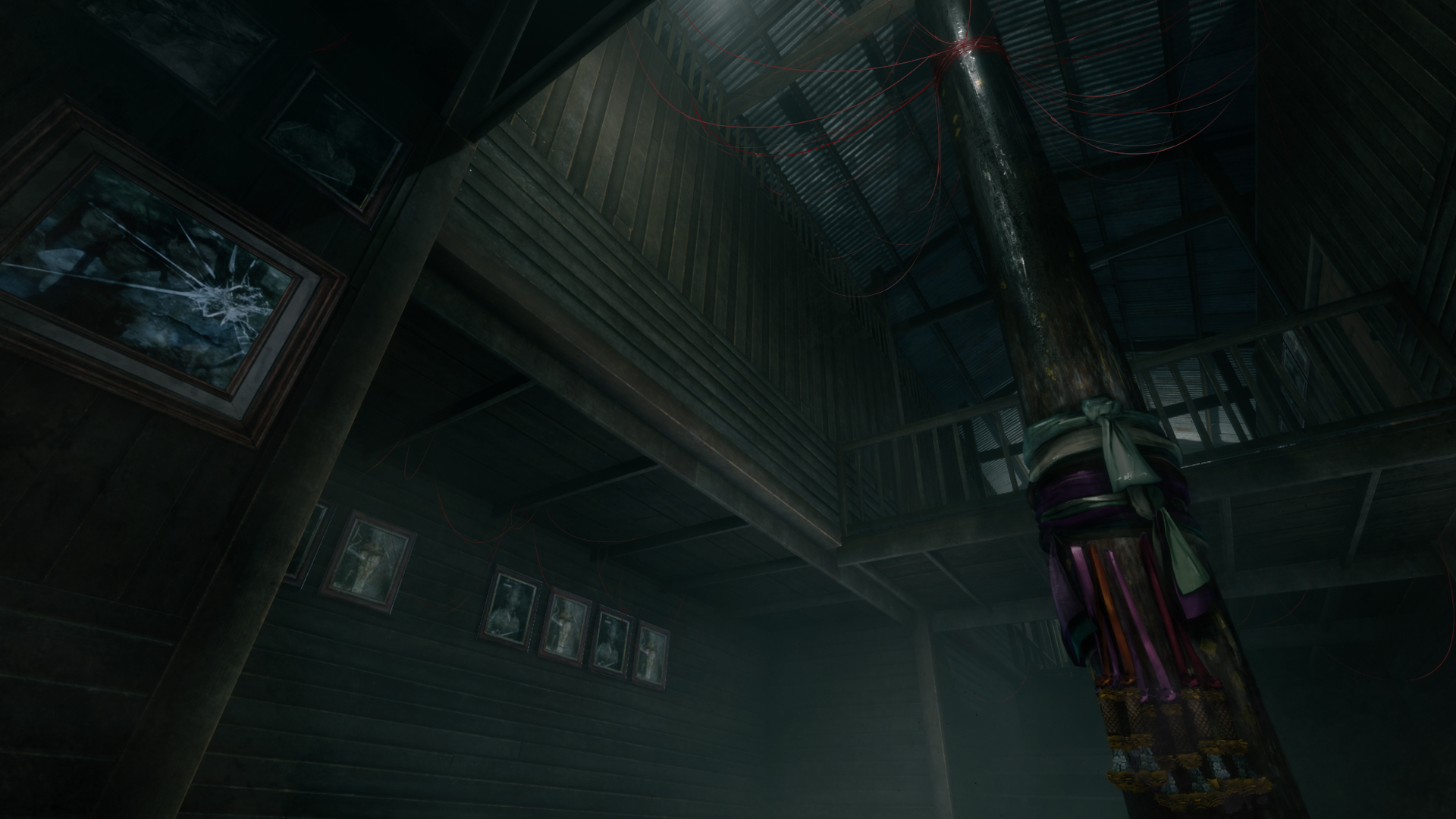
-
Home Sweet Home September 2018 #6
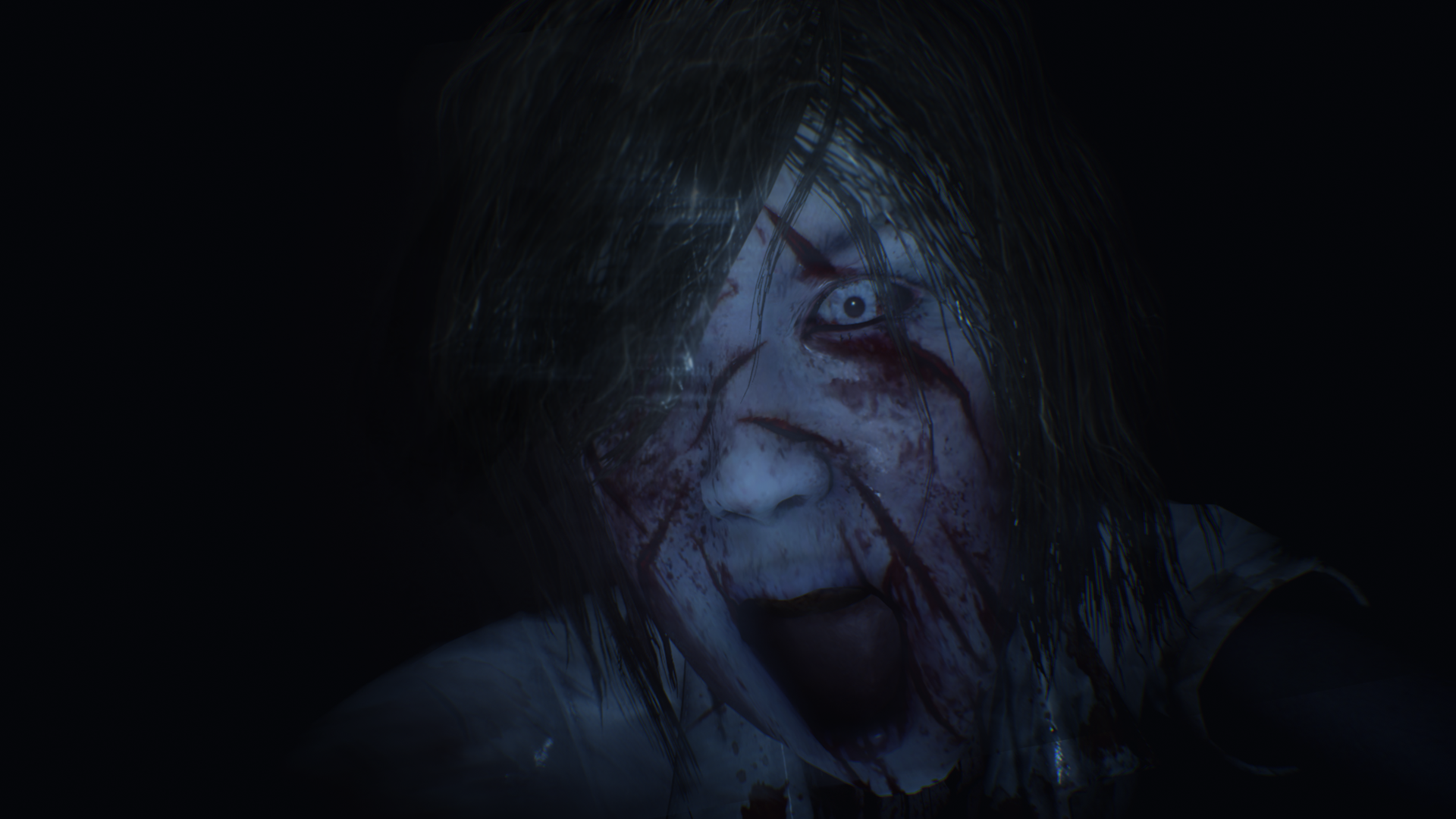
-
Home Sweet Home September 2018 #7
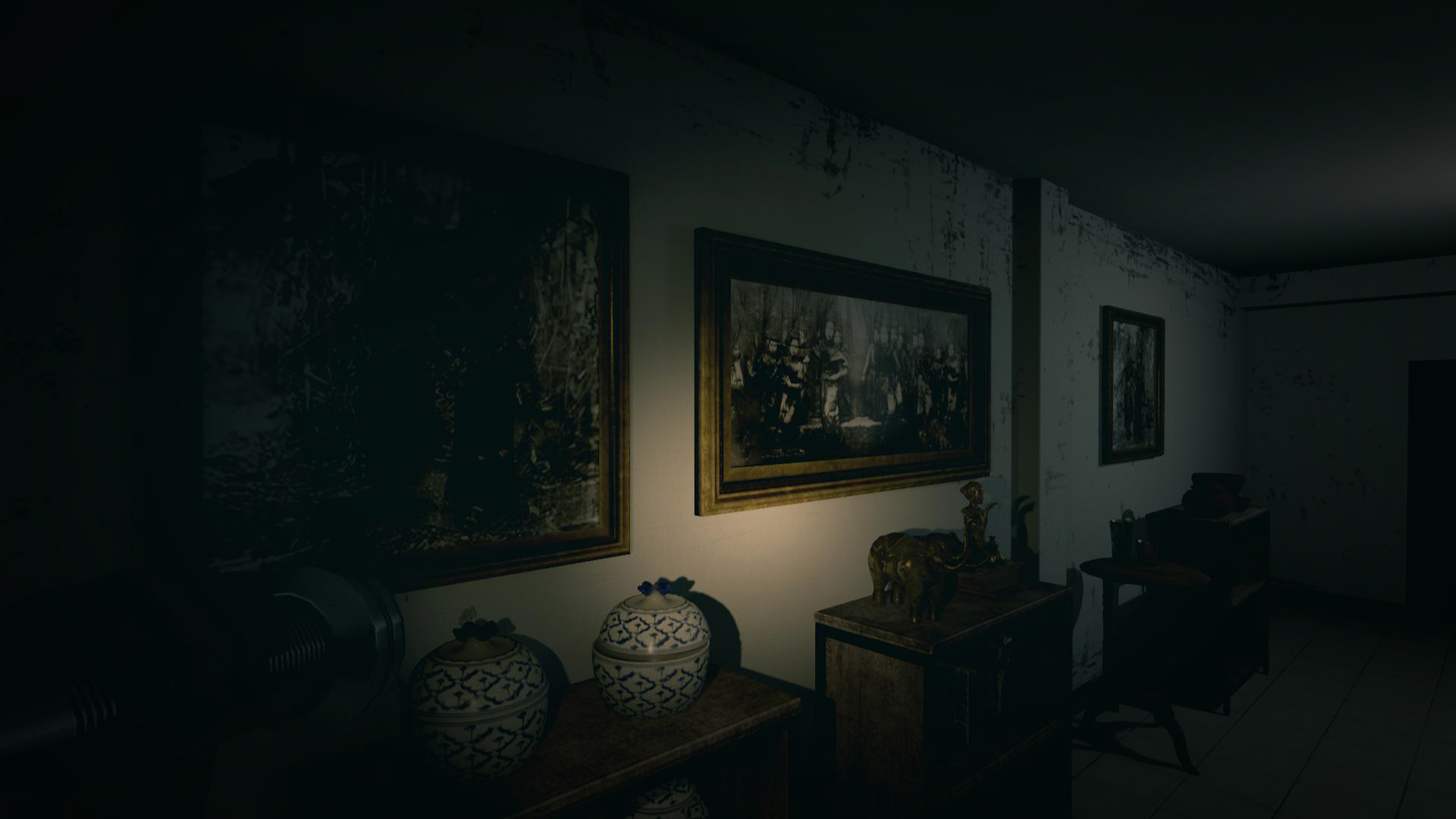
-
Home Sweet Home September 2018 #8
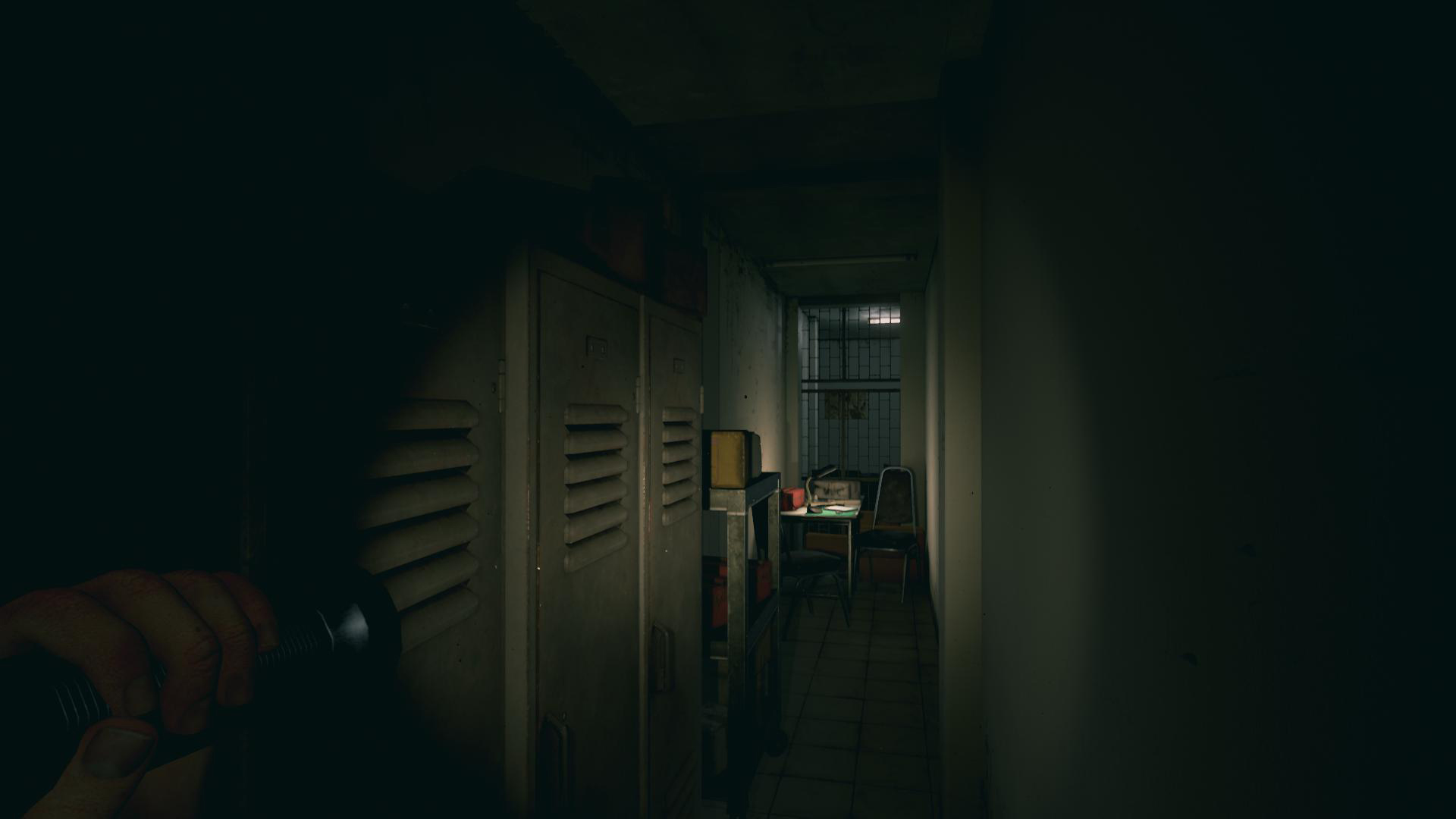
-
Home Sweet Home September 2018 #9
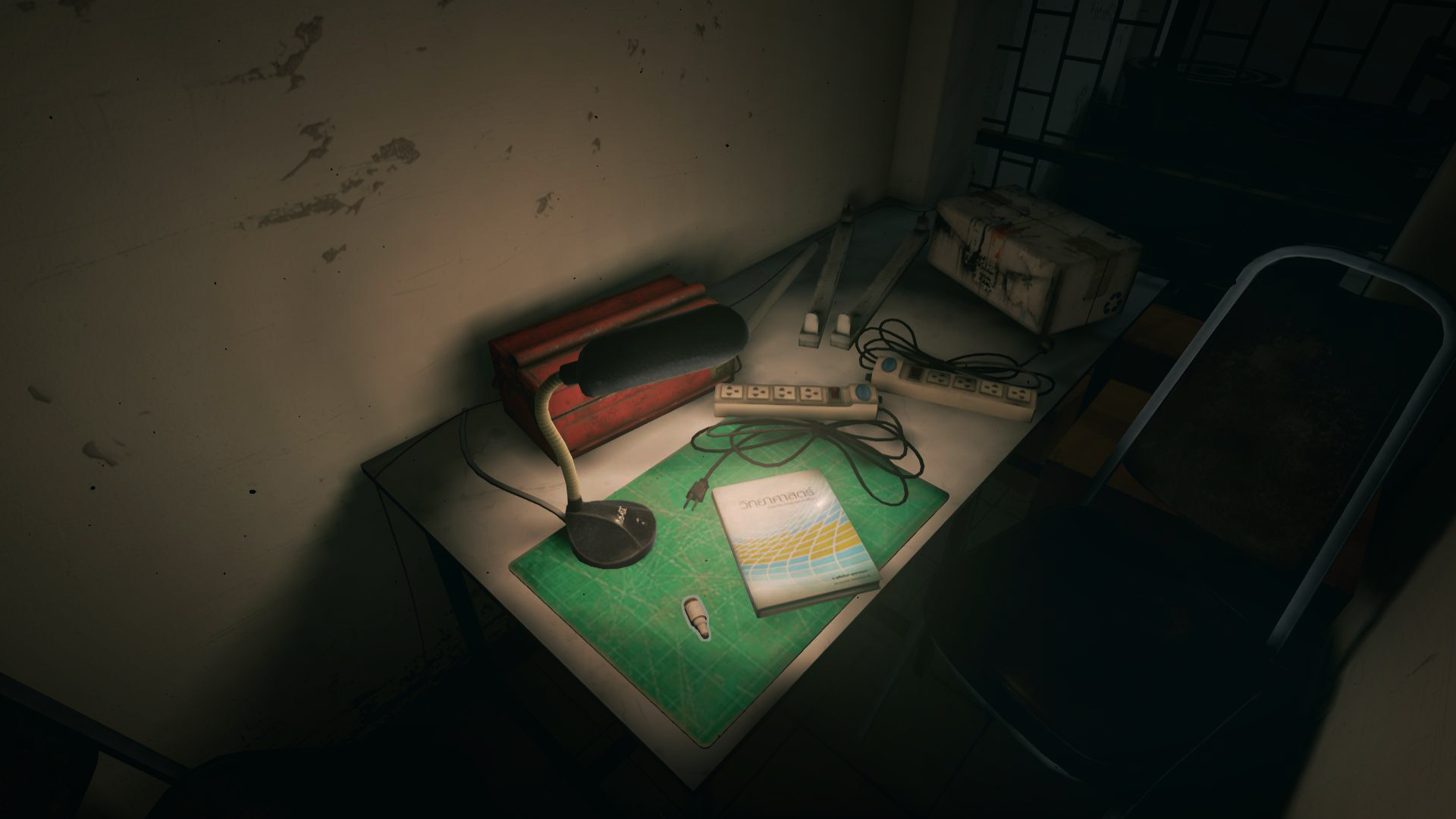
-
Home Sweet Home September 2018 #10
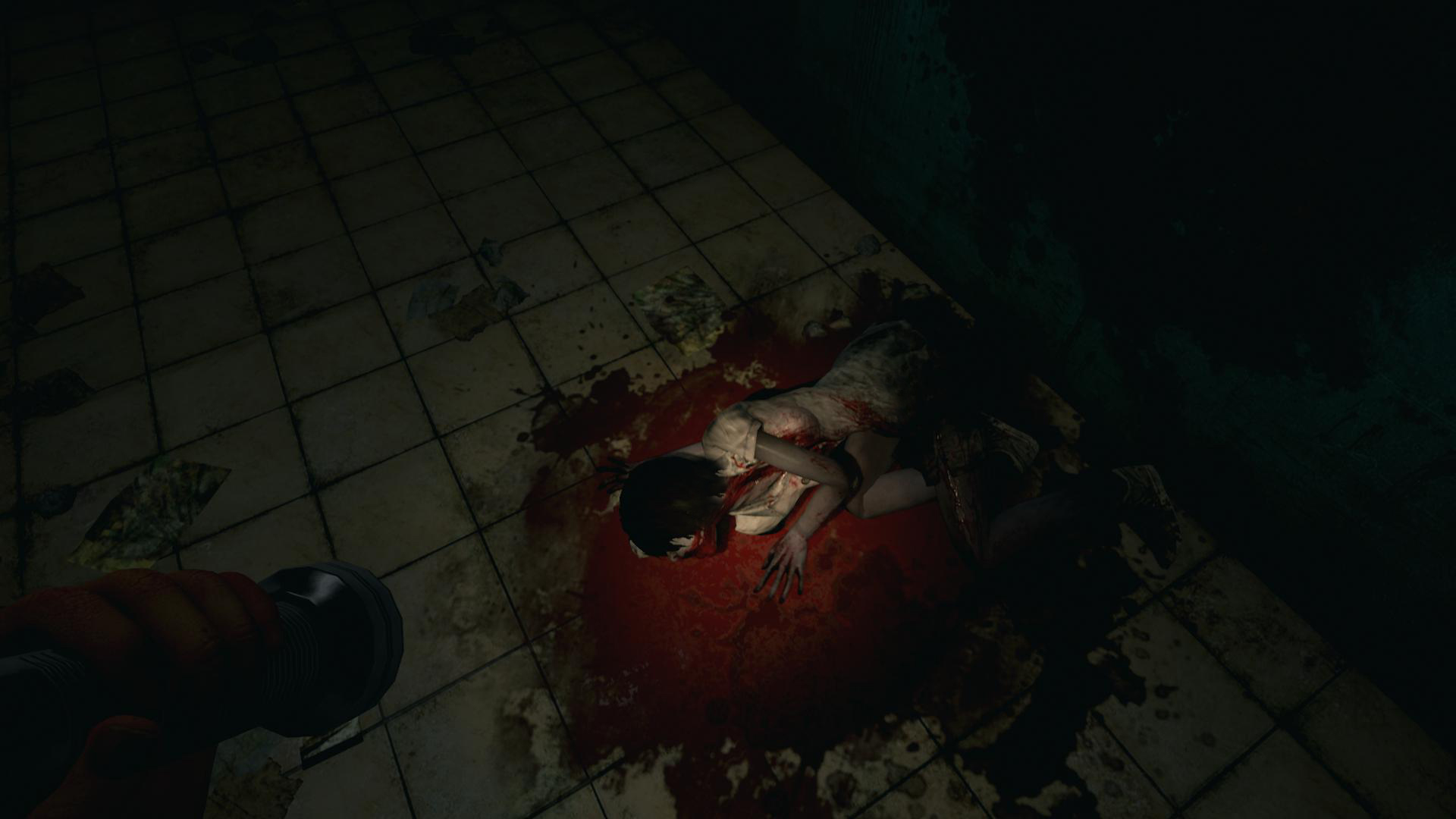
-
Home Sweet Home September 2018 #11
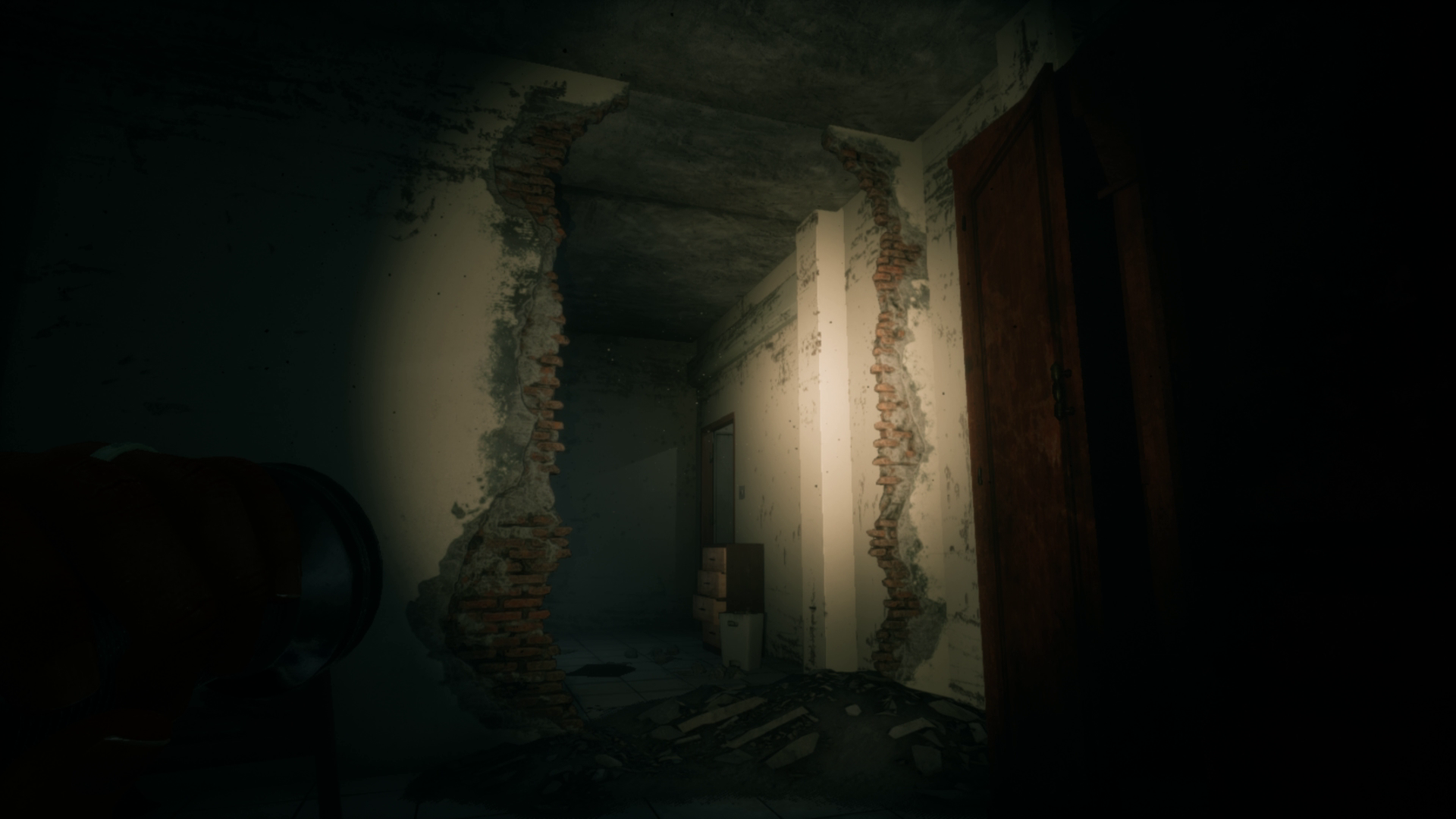
-
Home Sweet Home September 2018 #12
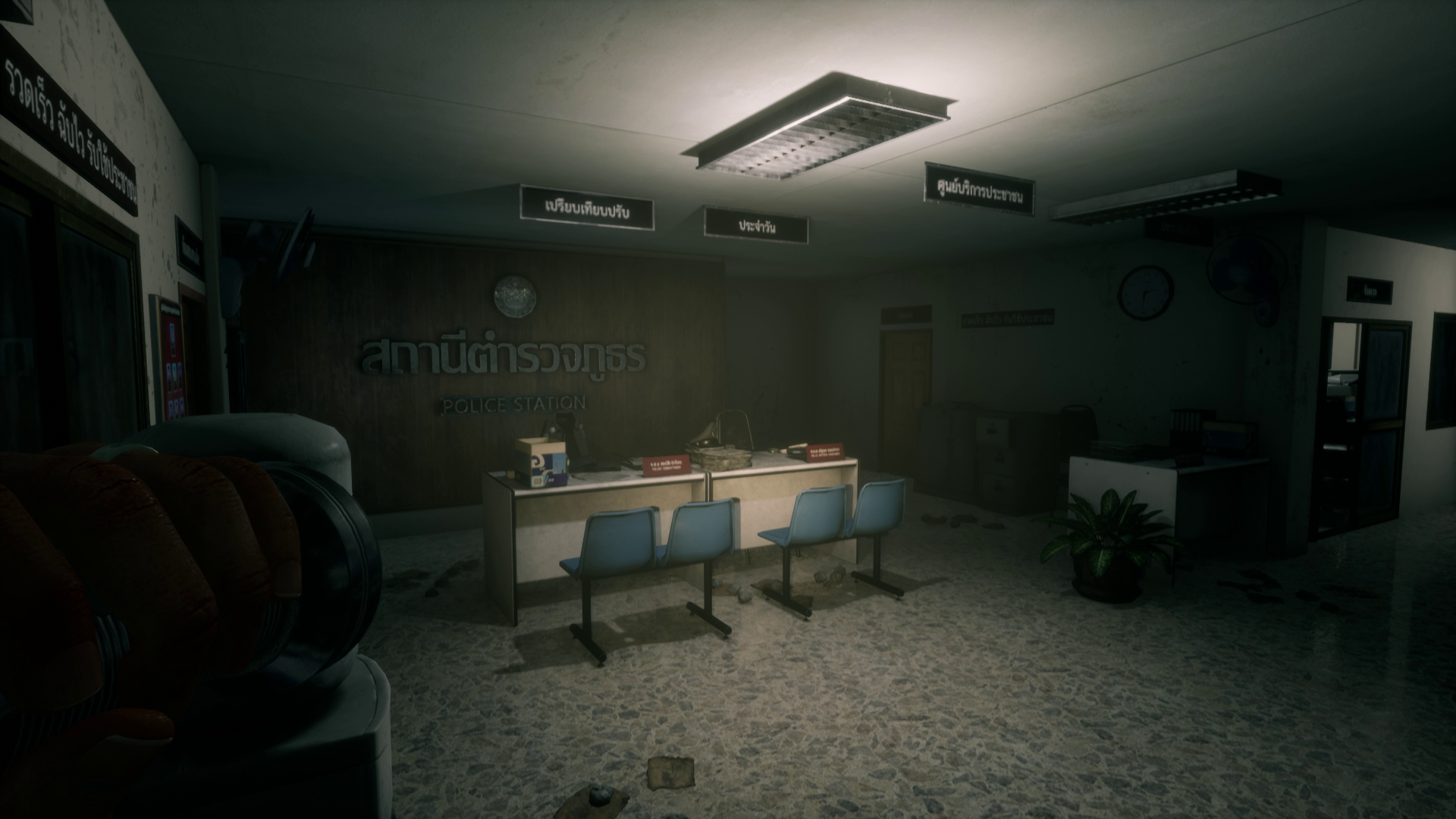
-
Home Sweet Home September 2018 #13
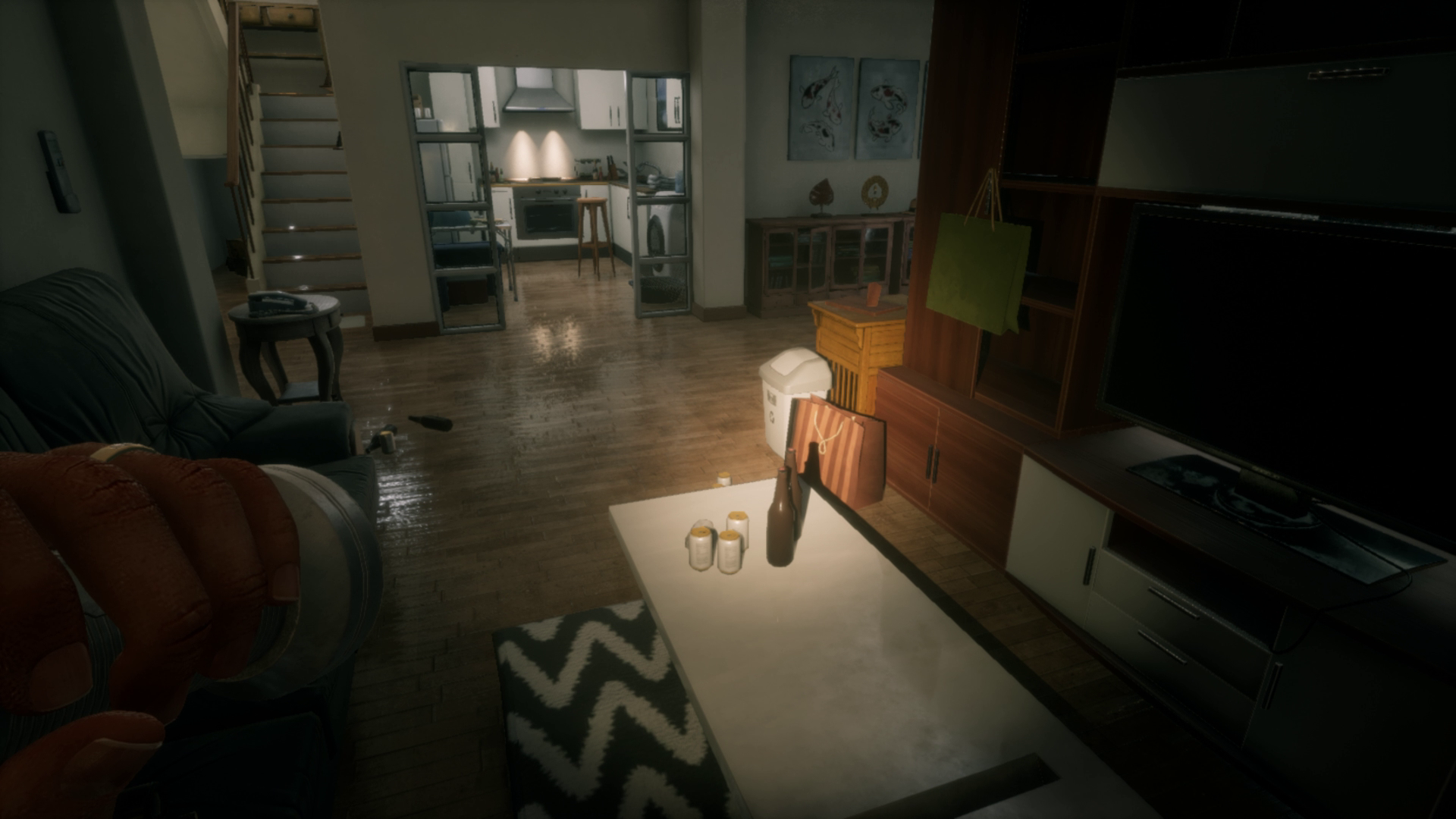
-
Home Sweet Home September 2018 #14
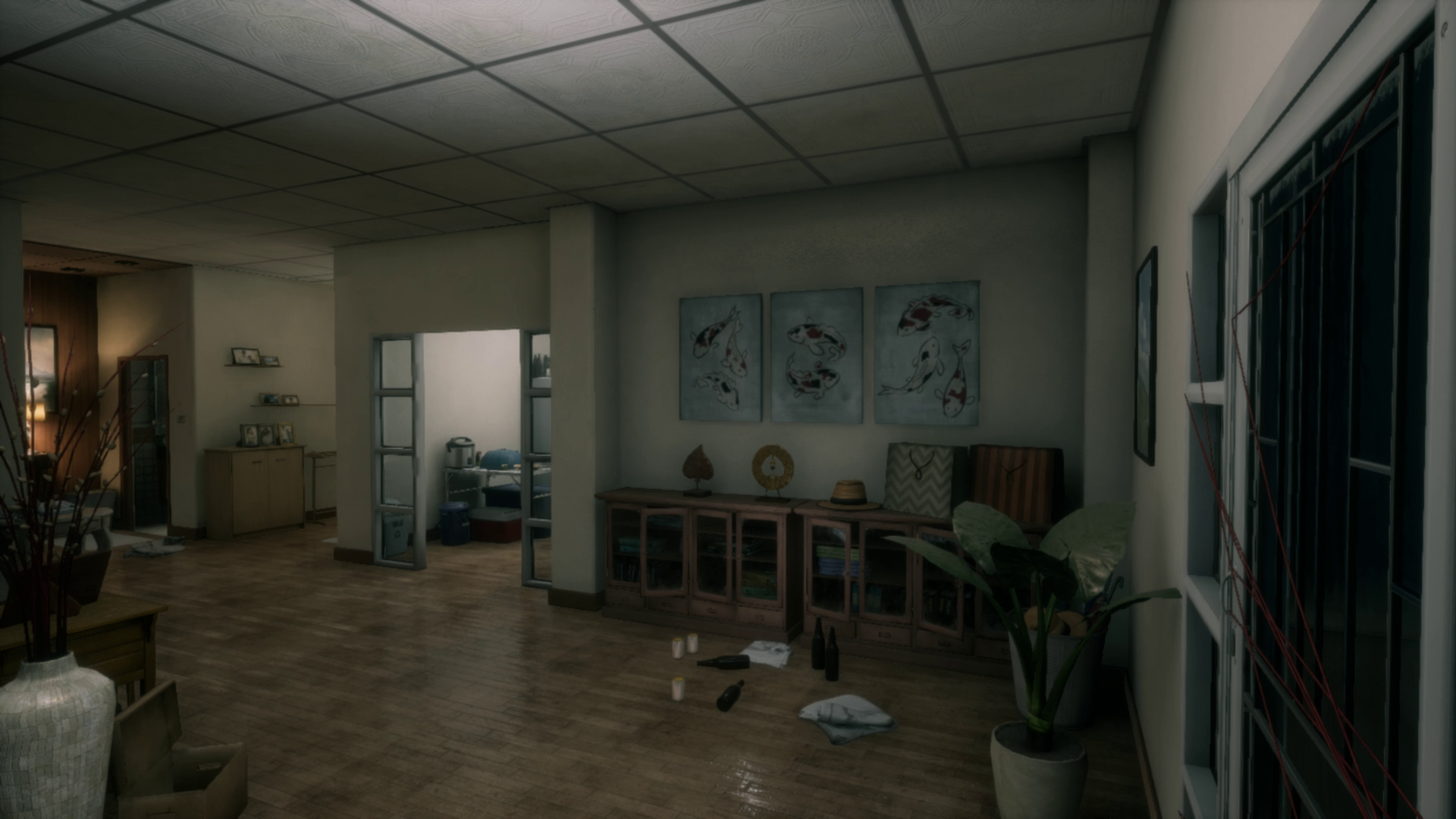
-
Home Sweet Home September 2018 #15
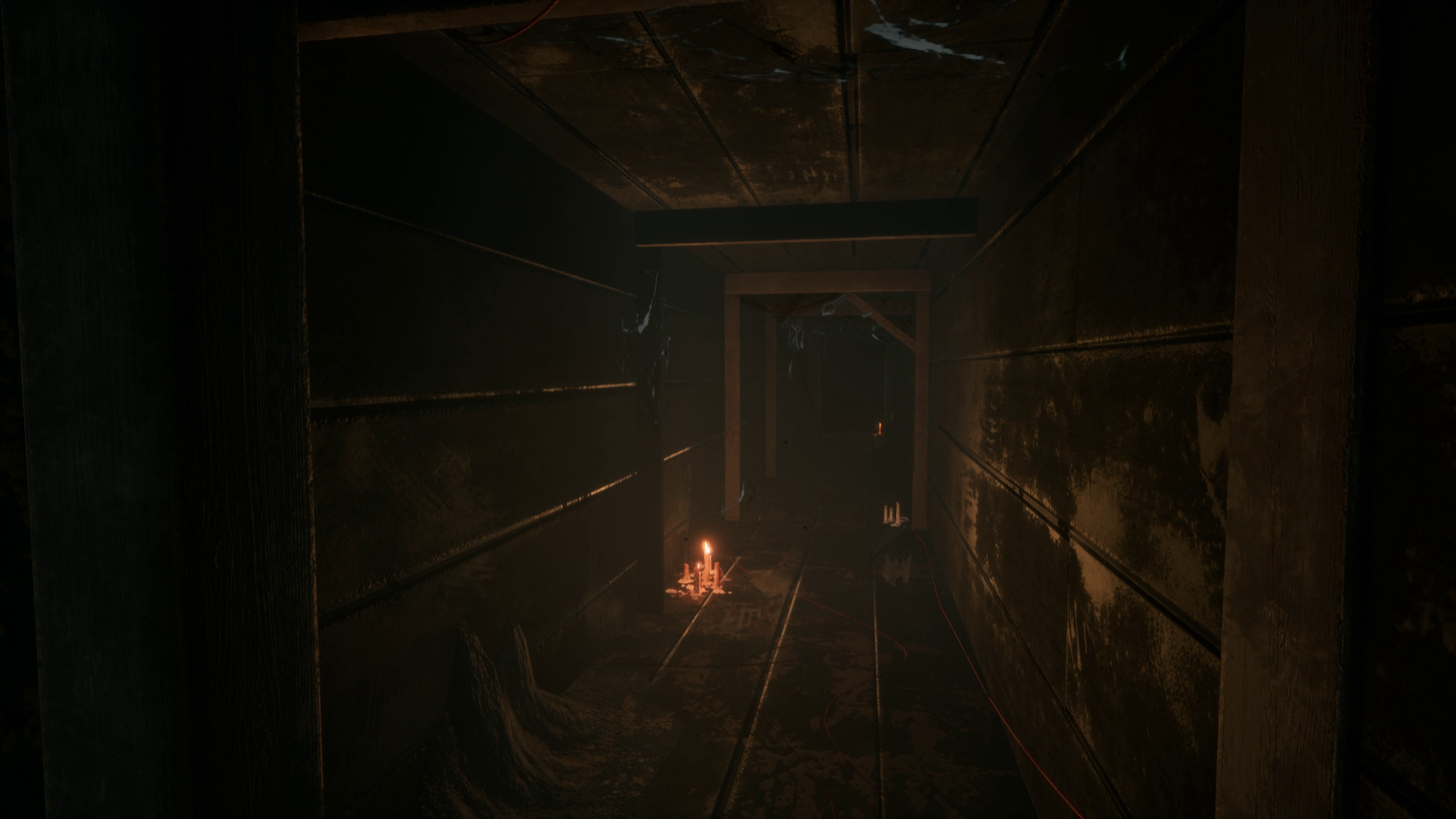
-
Home Sweet Home September 2018 #16
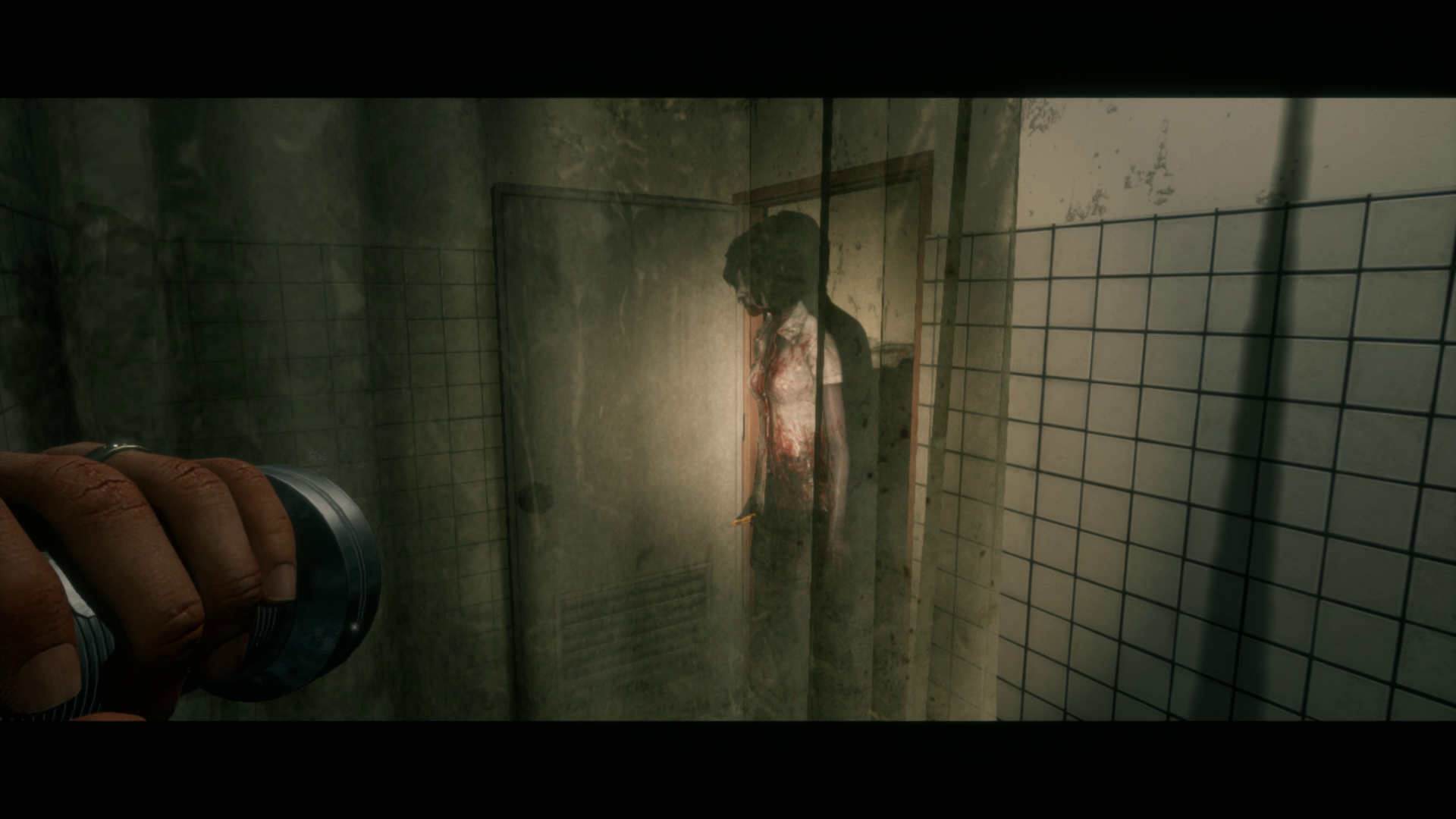
-
Home Sweet Home September 2018 #17
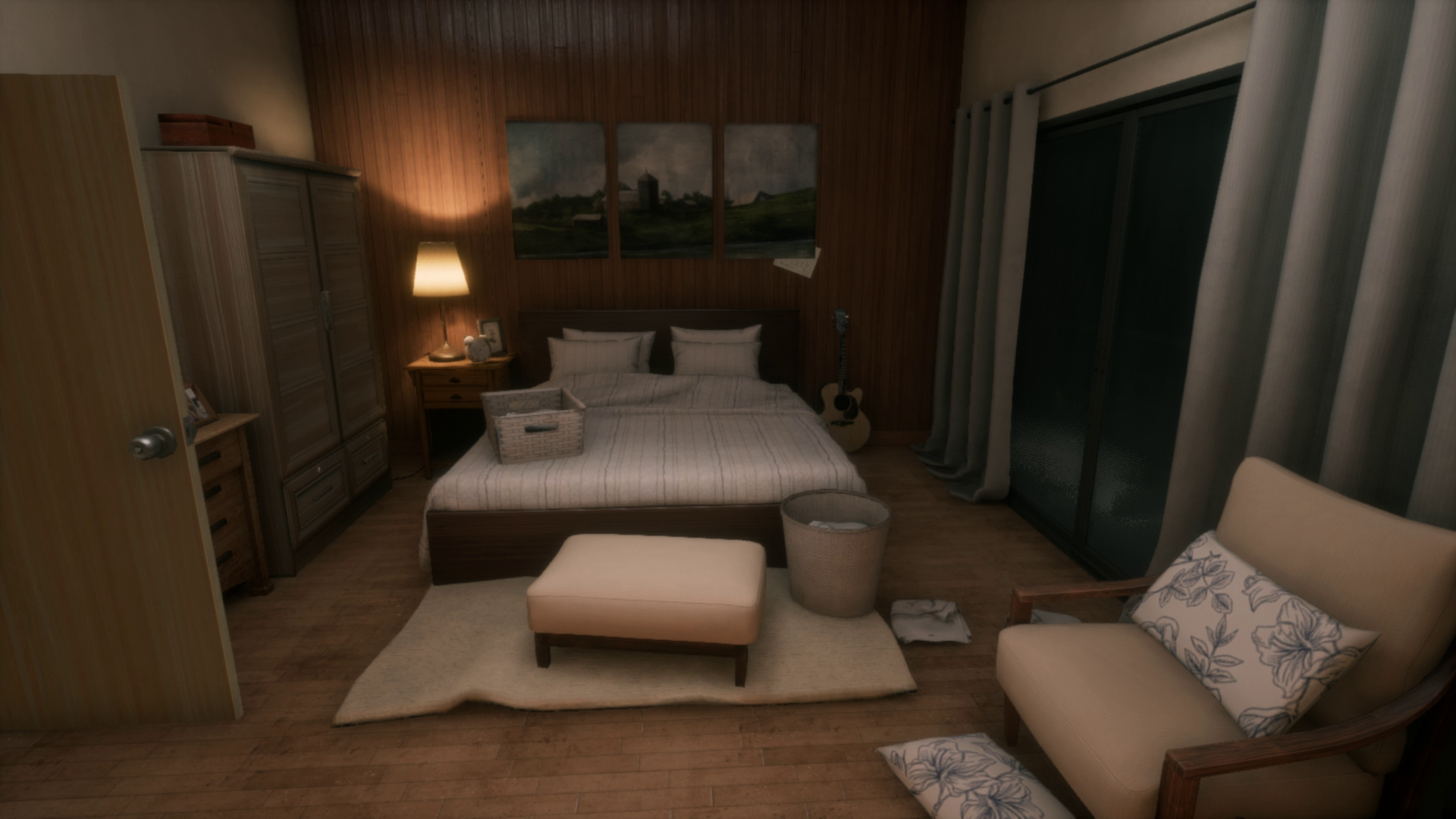
-
Home Sweet Home September 2018 #18
